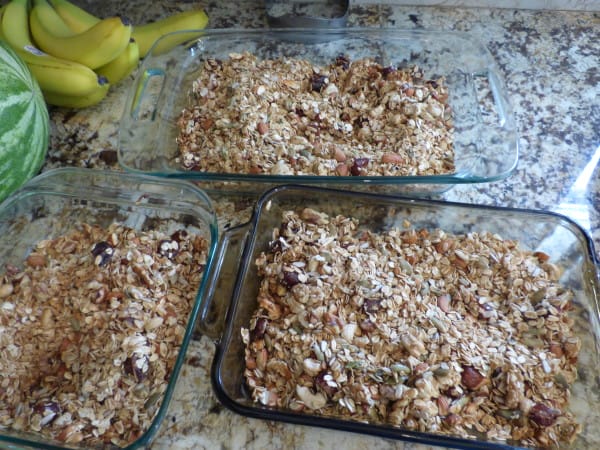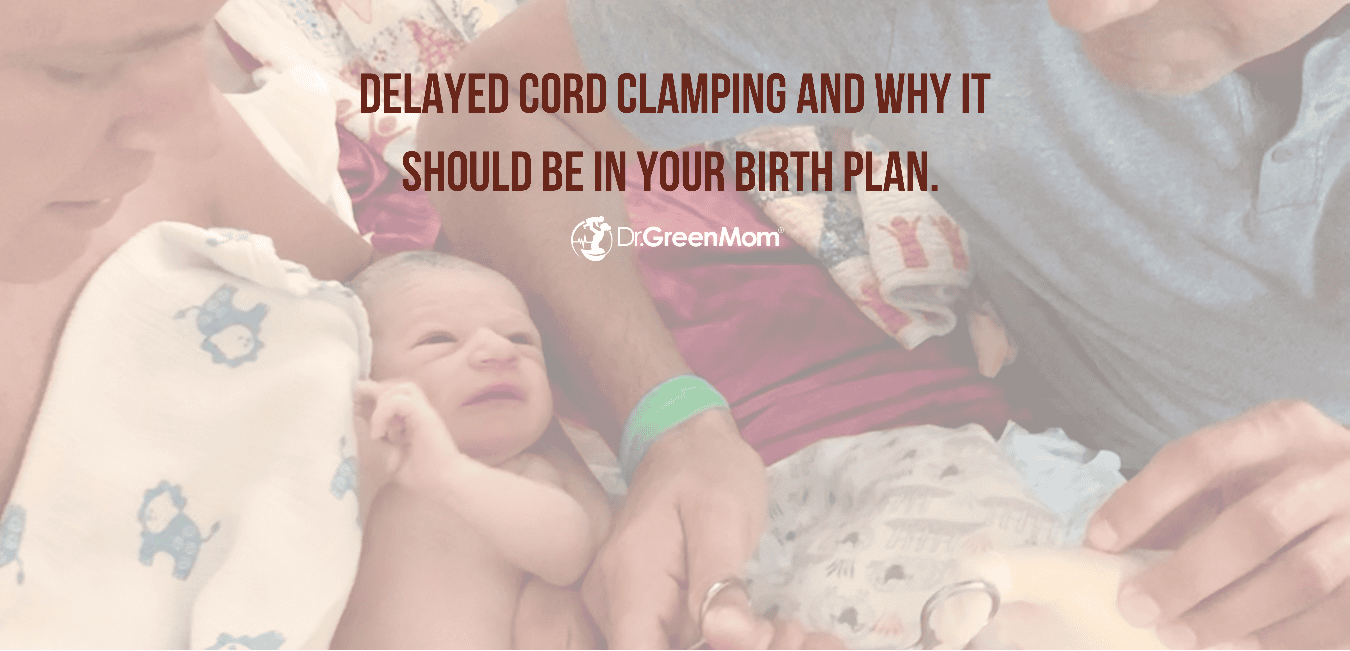Postpartum nourishment is so important to me that I created a whole supplement line for it! Creating life is an incredibly nutrient-dense process, and recovery requires just as much intentional support. After birth, your body’s working overtime to heal tissues, rebuild blood stores, balance hormones, and, for many, support breastfeeding—all while navigating the demands of caring for a newborn.
One of the most practical ways to set yourself (or a loved one) up for success is by preparing nutrient-dense, family-friendly meals ahead of time.
In this article, you’ll find my favorite tips for freezing and reheating meals, plus three nourishing recipes that freeze beautifully and will support you and your family through whatever life throws your way!
Why Focus on Nutrient Density Postpartum?
After birth, the body needs extra nutrient support to recover from labor, rebuild blood stores, balance hormones, and produce breast milk (if nursing) (1). The first few months postpartum are not a time for strict diets and calorie restriction (unless medically indicated by a doctor), rather they are a time to focus on nutrient-dense meals rich in protein, healthy fats, minerals, and antioxidants that help accelerate healing, stabilize blood sugar, and support mood.
When choosing postpartum freezer meals, prioritize:
- High-quality protein (beef, chicken, beans, and lentils – for animal proteins, I like to choose fattier cuts and grass-fed when possible!)
- Healthy fats (such as olive oil, avocado, coconut milk, and ghee)
- Iron-rich foods (like grass-fed beef, beef liver, and dark leafy greens)
- Plenty of vitamin rich vegetables
- Bone broths and stocks to add nutrients
To learn more about postpartum recovery, see:

Tips for Freezing and Reheating Meals
I’ve included some of my favorite freezer meals below, but you don’t need to stick to just these recipes! Many dishes freeze beautifully—especially soups, stews, casseroles, and curries. That said, some foods don’t hold their texture quite as well after freezing. They’re still totally safe to eat, but you may notice changes in consistency. Common examples include white potatoes (which can become grainy), white rice (which may dry out or get mushy), and delicate greens like lettuce.
- Use freezer-safe airtight containers or freezer bags to prevent freezer burn. This might be a controversial opinion, but I personally prefer not to freeze in glass mason jars—I’m always a little nervous they’ll crack either during freezing or defrosting! Plastic containers for freezing are part of my 80/20 approach to wellness. If you do prefer to use glass, just make sure to leave plenty of space at the top for expansion and always defrost slowly in the fridge to avoid breakage.
- Label everything with the meal name and date.
- Cool food completely before freezing to maintain texture and flavor.
- Reheat gently on the stovetop or in the oven whenever possible to preserve texture and nutrients. Avoid microwaving, especially in plastic containers.
Freezer meals are also great to keep on hand to have easy nourishing meals ready-to-go during times of illness: What to Do After Exposure to a Sick Person: Immune Support Tips for Families
3 Nourishing Postpartum Freezer Meals
Below are three of my favorite freezer meals! I like to make these in bulk, so feel free to double, triple, or even quadruple these recipes! Just make sure you have plenty of freezer space available! If you’re making a large batch, I recommend freezing it into portion sizes or into containers that contain the amount your family is likely to eat in one dinner. That way, you’re not defrosting everything just to eat one portion.
Dr. Green Mom’s Slow Cooker Beef and Vegetable Stew
Have you ever heard it said that stew is always best the second day? When I make stew, I like to make a big batch, eat some for dinner that night, and freeze the rest. This comforting stew is rich in iron, collagen, and easy-to-digest vegetables. This stew is perfect for adding a sprinkle of beef liver powder* to sneak extra nutrients for picky kids!
Ingredients
- 2 lbs. grass-fed stew beef
- 4 carrots, sliced
- 3 celery stalks, diced
- 2 parsnips, chopped
- 1 onion, chopped
- 3 cloves garlic, minced
- 4 cups beef bone broth
- 2 tablespoons tomato paste
- 2 teaspoons salt
- 1 teaspoon thyme
- 1 teaspoon rosemary
- ½ teaspoon black pepper
Directions
- Brown the beef in a heavy pot with some butter or olive oil.
- Add the browned beef and all other ingredients to a slow cooker.
- Cook on low for 8 hours or high for 4 hours until beef is tender.
- Cool completely, portion into containers, and freeze.
To reheat: Thaw overnight in the fridge, then warm gently in a pot over medium heat.
*To learn more about the benefits of beef liver and how to sneak it into meals, read this article: The Benefits of Beef Liver Capsules for Kids + Three Family Friendly Recipes!
Dr. Green Mom’s Postpartum Breakfast Burritos
Ingredients
- 10 eggs
- 1 can of organic black beans
- 1-2 cups shredded cheese (omit if dairy free)
- 1 red bell pepper, diced
- 2 cup spinach, chopped
- 1 teaspoon cumin
- ½ teaspoon salt
- 8–10 whole grain tortillas, or Siete cassava tortillas if gluten free
Directions
- Scramble eggs in a skillet with butter or oil until cooked.
- Stir in beans, cheese, bell pepper, spinach, cumin, and salt.
- Cool slightly, then divide mixture among tortillas and roll into burritos. If your tortillas break when you try to handle them, heat each tortilla just before topping and rolling. This will make it more pliable.
- Wrap individually in foil and then in plastic wrap. Freeze in a large freezer bag.
To reheat: Remove plastic wrap and bake in foil at 350°F for 20 minutes. Remove foil toward the end of baking time if a crispier tortilla is desired.
Dr. Green Mom’s Creamy Coconut Chicken and Vegetable Curry (Dairy-Free)
This comforting coconut curry is mild enough for kids but packed with flavor, healthy fats, and anti-inflammatory spices—perfect for postpartum healing or busy seasons.
Ingredients
- 2 lbs. chicken thighs, cut into bite-sized pieces
- Coconut oil for cooking
- 2 cups carrots, sliced
- 1 red bell pepper, diced
- 1 zucchini, diced
- 1 onion, diced
- 3 cloves garlic, minced
- 1 tablespoon fresh ginger, grated
- 2 tablespoons mild curry powder
- 1 teaspoon turmeric (fresh & grated, powdered or a little of both)
- 1 teaspoon cumin
- 1 (14 oz) can full-fat coconut milk
- 1 cup chicken bone broth
- 2 tablespoons coconut aminos (or tamari)
- 1 tablespoon olive oil or avocado oil
- Salt and pepper to taste
- Fresh cilantro for garnish (optional)
Directions
- Heat oil in a large skillet or Dutch oven. Add chicken pieces and cook until browned (they don’t need to be fully cooked through yet). Remove and set aside.
- In the same pan, add onion, garlic, ginger, and fresh turmeric if using. Sauté for 2–3 minutes until fragrant.
- Stir in carrots, bell pepper, zucchini, and spices (curry powder, turmeric powder, cumin). Cook for another 3–5 minutes.
- Add chicken back to the pan, then pour in coconut milk, bone broth, and coconut aminos. Stir well.
- Simmer on low for 20–25 minutes until chicken is cooked through and vegetables are tender.
- Season with salt and pepper to taste.
To Freeze:
Let the curry cool completely. Portion into freezer-safe containers or bags, lay flat if possible for easier storage.
To Reheat:
Thaw overnight in the fridge. Reheat gently on the stovetop over medium heat until hot.
Serving Tip:
Serve with fresh rice and/or warmed naan bread. I like to add lots of fresh cilantro.
Summary
Postpartum freezer meals are one of the most practical and powerful ways to nourish yourself—or a loved one—during recovery. By preparing nutrient-dense, family-friendly meals ahead of time, you can reduce stress, support healing, and keep everyone well-fed through sleepless nights and busy days. From hearty beef stew to grab-and-go breakfast burritos and a creamy coconut curry, these recipes freeze and reheat beautifully. They’re perfect for postpartum but just as useful during any busy season of life—back-to-school, cold and flu season, or simply when you need dinner done for the week.
References:
- Counselling for Maternal and Newborn Health Care: A Handbook for Building Skills. Geneva: World Health Organization; 2013. 11, POSTNATAL CARE OF THE MOTHER AND NEWBORN. Available from: https://www.ncbi.nlm.nih.gov/books/NBK304191/


